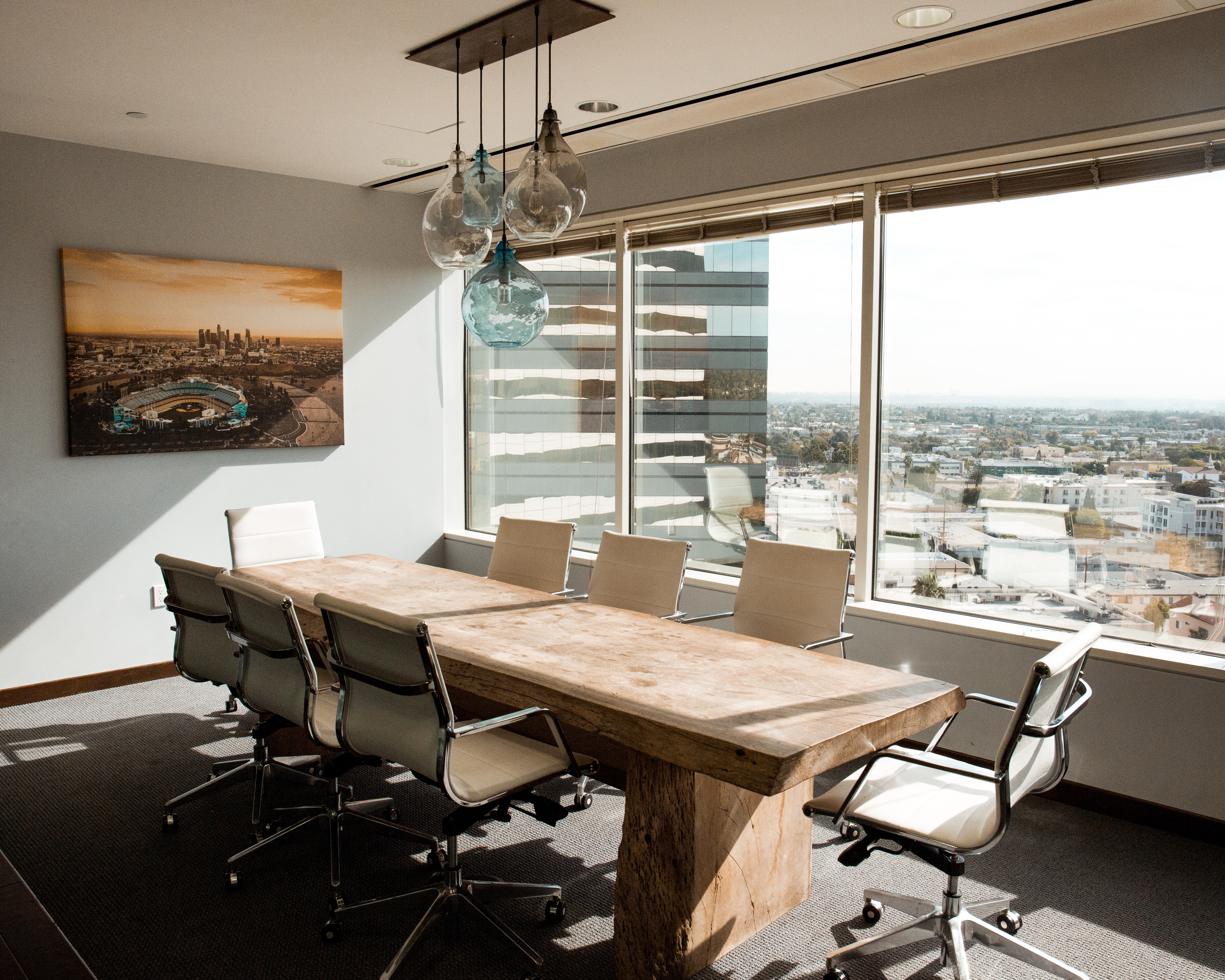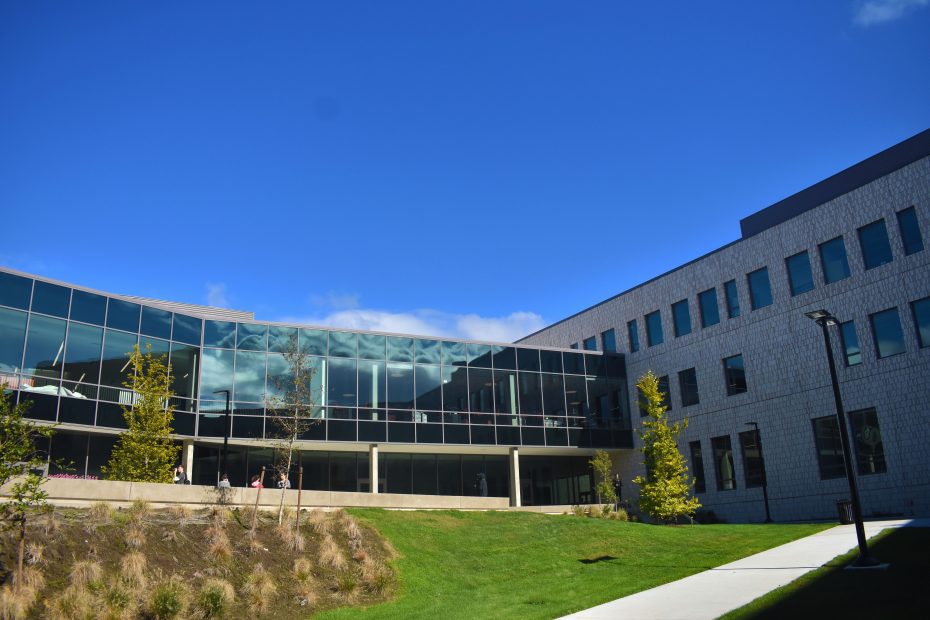Managing a facility takes a lot of work. However, modern software tools can make the job easier.
As we mentioned in our post 5 Things You Need to Know to be a Successful Facilities Manager, facility management tools are generally getting smarter, more integrated, and more advanced.
They can help save businesses money by minimizing energy use, optimizing space, and boosting employee productivity (automating tasks and optimizing work environments). But with hundreds of options on the market, the search for facility management software can feel overwhelming.
It can help to decide which features you want to prioritize in your search for software. Consider how the following features could help manage your facility.
Asset Management
Asset management features are dedicated to making sure you’re getting the best ROI out of each physical asset at the company.
They measure things like asset operating costs and productivity. They may track assets’ locations within a facility, report on how and when each asset is used, and suggest schedules for maintenance and upgrades. They may also allow managers to set priorities for asset maintenance so property managers understand what’s important.
Data from asset management features can help managers make strategic decisions, such as how to spend the facility budget and plan the facility layout.
Maintenance Management
Maintenance management is closely related to asset management, but focuses specifically on coordinating the resources and staff required to keep assets in peak condition.
Maintenance management software usually handles the following:
- Creating and tracking maintenance schedules
- Suggesting preventative maintenance
- Creating and tracking work orders, with records of what work was done
- Managing and tracking facility inventory (such as spare parts for equipment) and vendor relationships
- Tracking property managers’ schedules and prioritizing tasks
- Creating workflows and checklists for facility managers
Although some maintenance management features come packaged with more comprehensive facility management software, there are plenty of programs that specialize in maintenance management alone.
Space Use and Scheduling
Without a good handle on how your facility space is used, your company risks overpaying for space and failing to optimize employees’ productivity.
The space management features that often come with facility management software can report in detail on how much square footage various employees, departments, assets, and room types are taking up in the facility.
These programs can analyze vacancies, show when spaces are too crowded, and even keep track of reserved space by allowing users to make room reservations through the system.
Some facility management software allows users to “draw” floor plans for a visual sense of how the space is used.

Energy Use
Saving energy often translates to saving cash, especially over the long-term. Reducing energy consumption can also be a good way to demonstrate your company’s commitment to making the world a better place.
Facility management software may come equipped with an energy management system that can measure how resources like electricity, heat, and water are used throughout the facility. With that data, the software can also forecast future use and give managers the insights they need to make necessary changes.
Some systems can even track waste creation and greenhouse gas emissions.
Thanks to the Internet of Things, managers can use real-time data to make real-time adjustments from any internet-connected device. Building management systems allow managers to make adjustments to energy consumption by adjusting things like thermostats and lights in response to schedule changes, emergencies, or security threats.
Move Management
As we wrote in our post How to Plan an Office Move, the task is a momentous one that requires lots of planning and research. This job only gets bigger with bigger companies with hundreds of employees or heavy equipment.
Because facility management software specializes in managing how assets, equipment, and employees fit into a facility, it sometimes also has features that help employees plan moves effectively.
Move management software can identify the best moving schedules and routes, and track things like expenses, documents, and assets through the move.
Visitor Management
A few facility management programs come with visitor management features.
Visitor management software digitizes and streamlines the check-in process in the lobby, and handles issuing ID badges for visitors. Some of these programs can take visitors through a customized check-in process that includes legal signatures (such as visitor agreements and safety waivers) and even videos.
These programs may allow visitors to store personal details in the system for a quicker, easier check-in experience for return visits. Some may also send automated alerts to hosts when visitors arrive, taking pressure off front-desk staff.
Industry-Specific Features and Compliance
Many facility management programs have adapted their services to fit the needs of specific industries.
For example, maintenance management software for manufacturers can have specific modules for dealing with hazardous materials and reporting incidents. These programs can be especially helpful from a safety and compliance perspective, because managers can keep a better handle on whether employees are observing protocol.
There are also many facility management software programs that have features designed for property managers. These programs are built specifically to handle multiple properties, track lease details for multiple tenants, and analyze real estate portfolios.
Other tools have features that help manage fleets for logistics and transportation companies.
Finding a tool that was developed just for your industry may provide special advantages depending on your unique needs.
Other Factors to Consider
It might not be necessary to look for a single program that can handle each one of these features in one holistic package.
Although having a suite of completely integrated features does have appeal, the bigger programs can be too complicated for the needs of smaller businesses.
An alternative is to seek out the “best-in-breed” programs for the features that your company needs the most. Specialized software can offer better functionality and features than programs that try to handle many features at once. Click To Tweet
Specialized options for each of the features mentioned in this article are available as lighter-weight SaaS programs that can still make a big difference in your operations without the need for a huge investment.
For example, The Receptionist is a web-based app specializing in visitor management that offers everything from badge printing to robust reports (click here to learn more or start a free trial). SpaceIQ and similar programs specialize primarily in space management. UpKeep is an example of a program that specializes primarily in work orders and maintenance scheduling.
Some of these web-based applications may offer shorter onboarding times and better usability, which can also be an advantage. Consider checking out online reviews and taking advantage of free trials of any software program before you make an investment. A little more research upfront can pay off big time if you can find the best software fit for your company.
Share this Post

